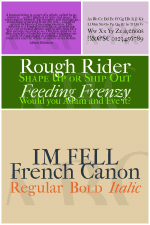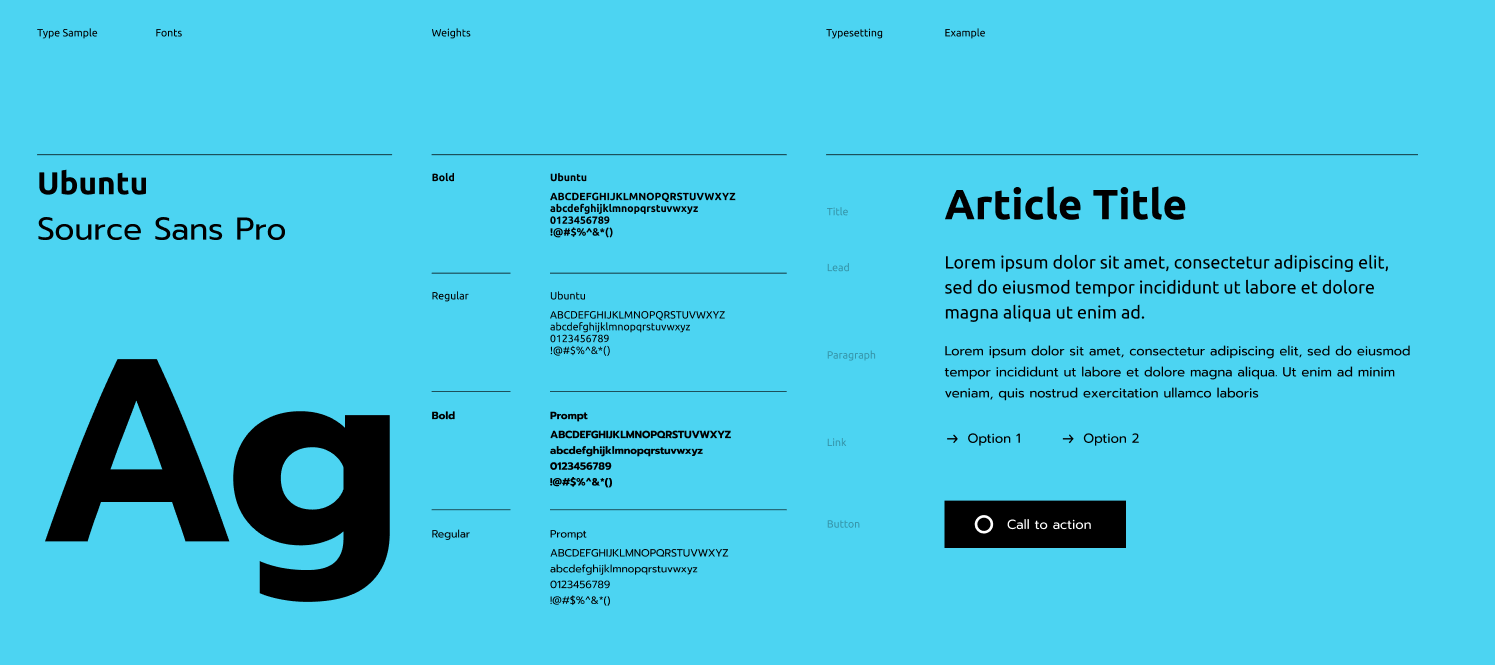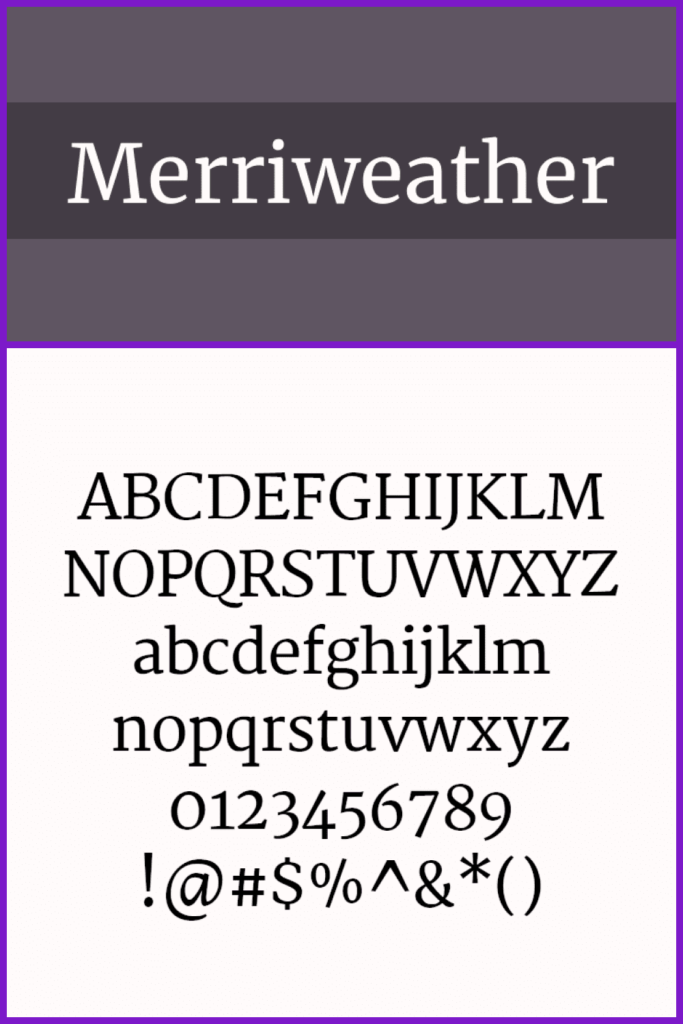
The show/hide command works in much the same way as lock/unlock, but determines whether an element is visible within a frame.

You can also access the Lock/Unlock commands by right-clicking (Mac/PC) or Ctrl-clicking (Mac) on a layer or its name in the Layers list. To unlock an element, make sure it’s selected in the Layers list, and repeat the same keyboard shortcut. To do this, select any object and hit ⌘ Shift ⇧ L (Mac) or Ctrl Shift ⇧ L (PC). Particularly when you’re working in files with lots of layers, it can be useful to lock some of them to prevent accidental selection and edits. The keyboard shortcut is ⌘ Shift ⇧ V on Mac, or Ctrl Shift ⇧ V on PC. For this, you can use the “Paste over selection” command.

This is useful if you need to paste an element into another frame, and ensure it’s in a consistent place.īut sometimes you need to paste an element exactly where the current selection is.

Figma’s standard “Paste” command is the equivalent of the “Paste in place” command in Adobe software: when you paste an element, Figma will position it in the same place as the original. This distinction will be familiar to Adobe users.

If you’ve used Sketch before, you’ve probably found much of Figma’s interface quite Intuitive and familiar. We’re not creating anything in particular today, but you might like to open up a fresh Figma file and try out these techniques, or continue iterating on the tablet/desktop design you created yesterday. Today, we’ve got a tour de force of some extra tips and tricks-our selection of other cool functions in Figma.


 0 kommentar(er)
0 kommentar(er)
